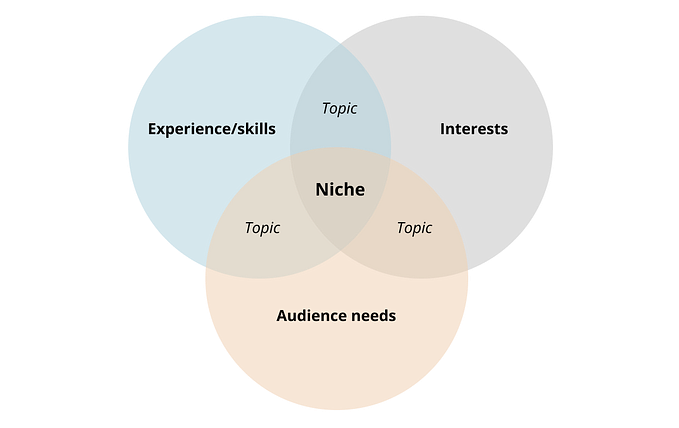Member-only story
30 Questions UX Designers Should Be Asking
The benefits of seeking clarification and guidance in the design process
I used to shy away from asking questions, even if I was curious about something. I’d rather look for an answer online and pretend to know what I was doing. I didn’t want to be that annoying person that wasn’t on the same page as everyone else, even if I totally wasn’t.
As I gained more experience, I realized that I wasn’t the only designer with imposter syndrome. Many seasoned designers are still figuring out some part of their job.
It’s common for people to feel hesitant or nervous about asking questions, especially if they are in a new or unfamiliar situation. However, asking questions is necessary to learn and grow as a designer.
Asking for help
Asking for help shows that you are open and willing to learn. You can get guidance and input from others who have the knowledge or expertise to help you.
I made the mistake of pretending to know what I was doing even if I didn’t. I could have saved a lot of time when tackling complex or unfamiliar tasks. By getting assistance from someone who knows more about the subject, you can get the job done more efficiently.
Additionally, it can be a great opportunity to learn new techniques and approaches that you can apply to your workflow. By showing that you are willing to seek assistance and collaborate with others, you can foster a sense of trust with your teammates.
Here are some questions that you might ask when seeking help.
- How have you approached similar problems in the past?
- What are some best practices that I should be aware of?
- How can I best gather and analyze user feedback?
- Can you provide guidance or assistance with user research or usability testing?
- Can you suggest any helpful tools or resources?
- How can I ensure that my designs are accessible and inclusive for users with different abilities or needs?
- How can I effectively communicate and present my design ideas to stakeholders?









